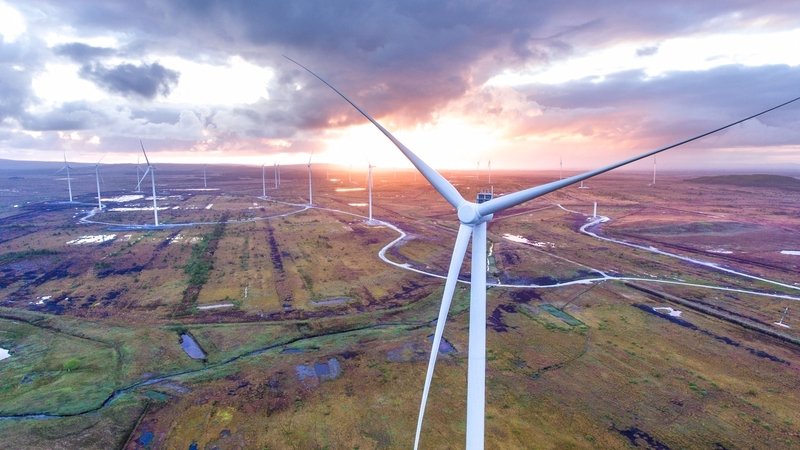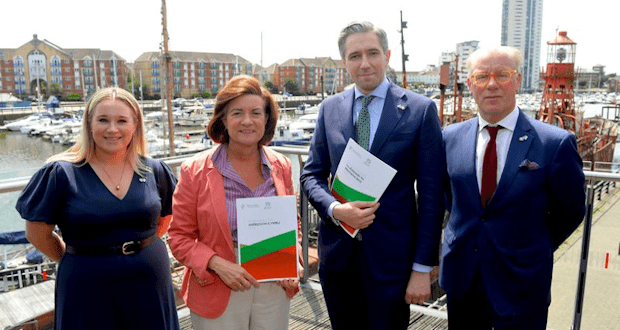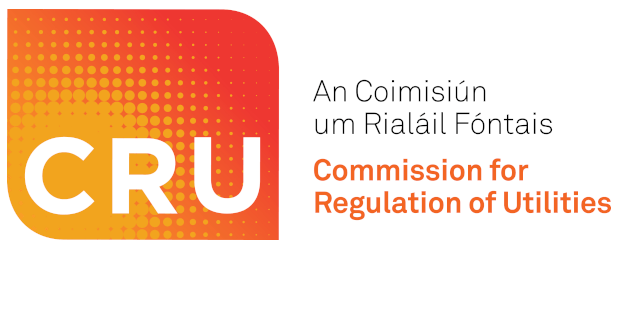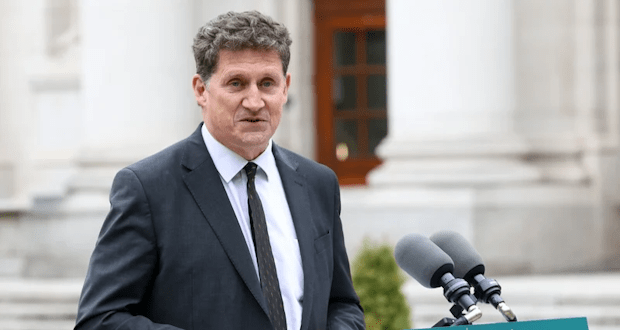Carbon emissions from Ireland’s electricity sector could be cut from almost 10 million tonnes annually to under 2 million tonnes of CO2 equivalent by 2030 and bring a €180 million price reduction for consumers, according to a report by energy specialists Baringa.
Their analysis issued on Wednesday also sets out a more long-term pathway to a zero-carbon electricity system where a combination of fair carbon pricing on fossil fuels, “long duration storage” and green hydrogen generated from renewables will eliminate the need for fossil fuels in the Irish electricity system during the 2030s.
The report, commissioned by Wind Energy Ireland (WEI), follows an International Energy Agency report last month which called on countries, including Ireland, to put in place a net-zero electricity system by 2035 – and recent approval by the Dáil of the Climate Action Bill which requires a 51 per cent cut in carbon emissions by 2030.
WEI chief executive Noel Cunniffe said the analysis indicates it is possible to cut carbon emissions in the Irish electricity system by almost 80 per cent by 2030 – the Government has committed to having 70 per cent renewables in power generation by the end of the decade.
“The Baringa research makes clear that we can do this using proven, existing, technology, and that it will save the Irish electricity consumer approximately €180 million annually,” he added.
He underlined the need, however, to replace Ireland’s fossil fuel-based back-up generation with zero-carbon technologies like battery storage devices to retain electricity so it can be used when there is high demand or low availability of wind and solar energy, and “synchronous condensers” which improve the ability to take a variety of renewable energy sources on to the grid.
“This report shows that we can ensure the stability of our electricity system with cheaper and cleaner zero-carbon alternatives,” Mr Cunniffe said.
Opportunities in green hydrogen, storage and carbon pricing in the electricity market would enable Ireland to reach a net-zero electricity system, which meant “after more than 140 years we are finally in the endgame for fossil fuels in the production of electricity”, he said.
Key conditions
The research sets out three key conditions to be met if Ireland’s carbon emissions in the power sector are to be cut by 80 per cent between now and 2030:
– The drive towards the existing Government targets of 8,200 megawatts (MW) of onshore wind and 5,000 MW of offshore wind, while introducing a more ambitious target for 5,000 MW of solar power, must be maintained;
– EirGrid must replace its current, fossil-fuel based, back-up system with one which uses zero-carbon technology like battery storage and demand response;
– The national grid must be strengthened over the next 10 years with infrastructure, completion of critical projects like the North-South Interconnector and investment in EirGrid’s DS3 programme which integrates renewables on to the system.
In addition, the report recommends a carbon price floor must be introduced to the Irish electricity market “and it must rise to €100 per tonne of CO2 by 2030 to reflect the real cost to society of carbon-emitting fossil fuels”.
Baringa underlines the need to ensure stability of supply in the system, urging the switch to green hydrogen and long-duration storage technology to provide reliable, on-demand electricity when wind and solar are unavailable. “Existing gas generation plants must be retrofitted to run on green hydrogen and any new plants designed to make conversion easy,” it adds.
“Our analysis shows Ireland has an extraordinary opportunity to double down on power sector decarbonisation,” said Mark Turner, director of energy, utilities and resources at Baringa Partners.
“Getting to under 2 million tonnes of carbon by 2030 means going further and faster with the current plans but does not need anything radical or unproven. And we show it will cost consumers less than the current trajectory. A zero-carbon power sector is within reach for Ireland in the 2030s,” he added.
Lack of State resources
While the research shows Ireland has the renewable energy needed to decarbonise its electricity system, WEI highlighted worries over a lack of resources within critical State agencies and government departments as a growing concern.
“We have the renewable energy, the technology and the investment we need but there is a real question over whether the Government is investing enough in its own departments and the critical State agencies which will need to step up and deliver by 2030,” Mr Cunniffe said.
Additional resources and expertise were urgently needed in An Bord Pleanála to ensure a robust and fair planning system; in the National Parks & Wildlife Service to ensure projects were developed in a sustainable way; and in bodies like EirGrid, ESB Networks and the Commission for the Regulation of Utilities to ensure the electricity system continues to operate safely and securely, he believed.
“We would urge Minister for Finance Paschal Donohoe to ensure these State agencies, and the relevant government departments, have the personnel, resources and expertise they need to work alongside industry and communities across Ireland to deliver the vision set out in the Climate Action Bill,” Mr Cunniffe said.
Original article: https://www.irishtimes.com/business/energy-and-resources/renewables-set-to-save-irish-consumers-180m-energy-report-finds-1.4607122



